Are you a fan of Takoyaki? Want to make them at home like a pro? Look no further! This article will guide you on how to use a Takoyaki pan.
With its round indents, this cast iron griddle creates perfectly shaped takoyaki balls. It evenly heats them, giving you crispy exteriors and soft interiors.
Whether you have a stovetop or electric pan, we’ll cover everything you need to know about how to use a Takoyaki pan.
So get ready to impress your loved ones with your takoyaki-making skills!
Key Takeaways
- Preparing the iron Takoyaki pan is important to ensure proper oil blending and temperature stabilization.
- Coating the pan with oil before each use helps prevent sticking and ensures even cooking.
- Proper cleaning and maintenance of the pan, including drying and oil application, helps prevent rust and maintain its condition.
- Using the pan at the right temperature, avoiding abrasive materials, and properly drying it before storage are important precautions to take.
How to Use a Takoyaki Pan: Preparing the Takoyaki Pan
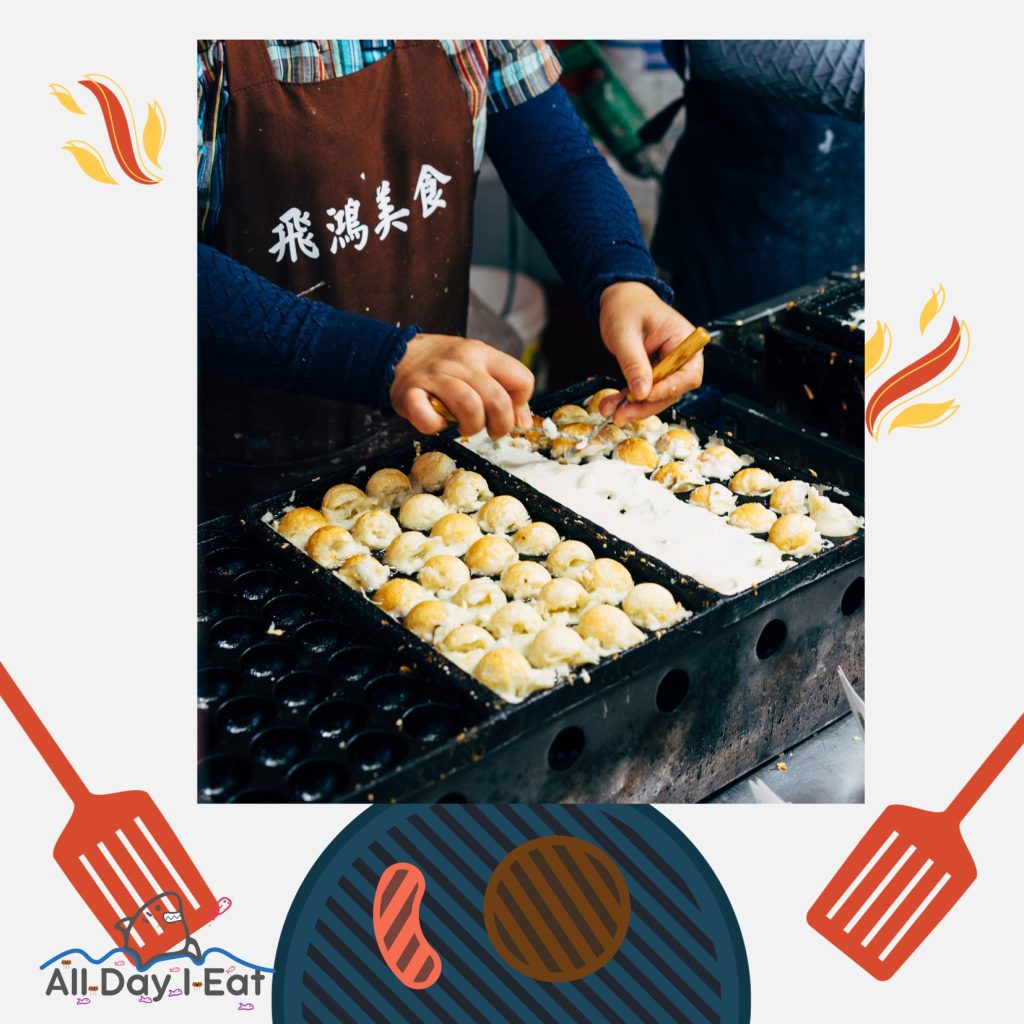
In order to make this delicious ball shaped Japanese snack made of wheat flour and filled with octopus, tempura scraps, pickled ginger and green onion, you will need a Takoyaki Pan.
Now the question arises, how to use a Takoyaki pan? First you will need to prepare it!
To prepare the Takoyaki pan, make sure to wash it before first use. You should use a scrubbing brush while washing before the first use.
After washing, heat it on the stove to burn off any rust inhibitors. This should be done until white smoke appears.
You should heat the pan before each use in order for the oil to blend well. Pre-heating will also stabilise the temperature of the Takoyaki pan so the dough doesn’t stick to it later.
This step is essential to ensure a hygienic cooking surface.
Coating the Pan With Oil
Coating the pan with oil is important to prevent sticking of the dough.
It will also ensure the even cooking of the balls. They should be soft from the inside and crispy from the outside.
To coat the pan with oil, follow these steps:
- Heat the pan on the stove until it becomes hot. The heat will help the oil blend in and create a non-stick surface.
- Once the pan is hot, pour plenty of salad oil onto the surface.
- Make sure to cover the entire pan with the oil.
- You can use a pastry brush or a small ladle to spread the oil evenly.
Making Takoyaki
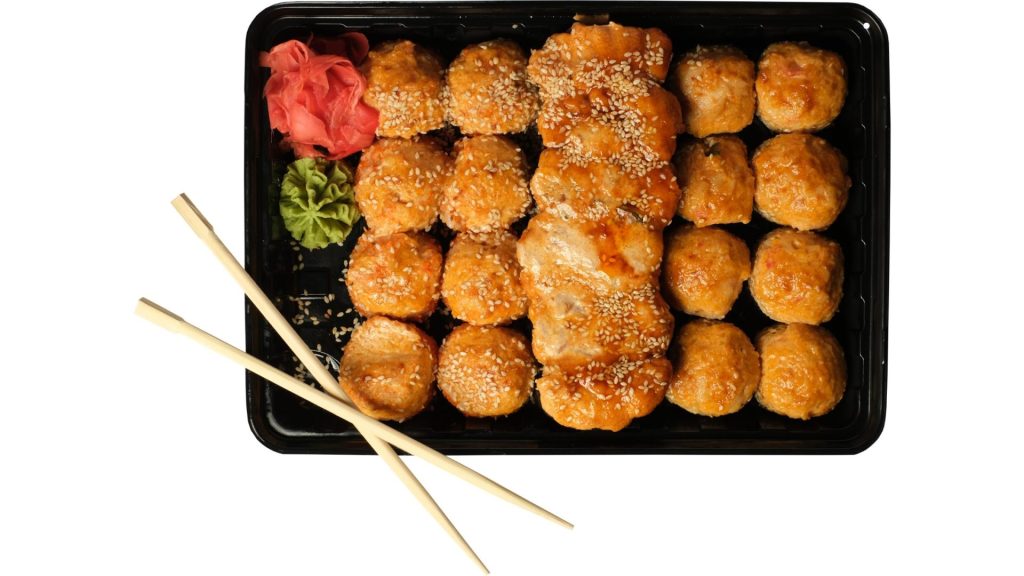
The sequence of steps while making takoyaki is also important.
Cooking scraps of vegetables on the pan before making takoyaki can help prevent sticking. This step is known as ‘nurune’ and it helps to season the pan.
Cleaning and Maintenance
Cleaning and maintenance is also an important step in learning ”How to use a Takoyaki Pan”
Ensure the pan is thoroughly washed with lukewarm water after each use to maintain its cleanliness and prevent rust.
The right way of cleaning is essential to prolong the lifespan of your pan and ensure optimal cooking results.
Here are some tips to help you keep your pan in excellent condition:
| Cleaning and Maintenance Tips |
|---|
| Wash the pan thoroughly with lukewarm water after use. |
| Heat the pan on the stove to drain off the water. |
| Use a sponge or scrubbing brush for cleaning, avoiding metal scrubbers. |
| Avoid using detergent when cleaning to preserve the oil coating and oil return process. |
| Dry the pan properly and apply a thin layer of oil before storage. |
Removing Rust
Rust can sometimes appear on the surface of your takoyaki pan due to moisture or improper storage. But don’t worry, removing rust is easy and straightforward.
Here are a few steps to help you remove rust from your takoyaki pan:
- Start by washing the rusted area with water and a scrubbing brush.
- Gently scrub the rusted spots to remove any loose particles.
- Once you’ve scrubbed away the rust, dry the pan over medium-high heat.
- After removing the rust, remember to properly clean and dry your takoyaki pan before storing it. Applying a thin layer of oil will help prevent future rust formation.
Avoid using metal scrubbers or sandpaper on the pan’s surface, as they can damage the coating and make it more susceptible to rust.
It’s important to note that some remaining rust isn’t harmful to your health or food hygiene. However, it’s always best to remove it to maintain the quality of your pan.
Tips and Precautions
- Avoid High Temperature: To prevent oil from splattering or ingredients from burning, be cautious not to use the takoyaki pan at excessively high temperatures. It’s important to find the right balance when using your takoyaki pan to ensure the perfect results every time.
- Using Plenty of Oil: This will help prevent sticking and ensure a crispy exterior for your takoyaki.
- Luke Warm Water: When it comes to cleaning and maintenance, it’s crucial to wash the pan thoroughly with lukewarm water after each use.
- No Harsh Chemicals: To preserve the oil coating and oil return process, it’s best to avoid using detergent when cleaning.
- Storage: Properly drying the pan before storage and applying a thin layer of oil will help prevent rust and maintain its condition.
Hope this guide helped you in learning how to use a Takoyaki pan correctly!








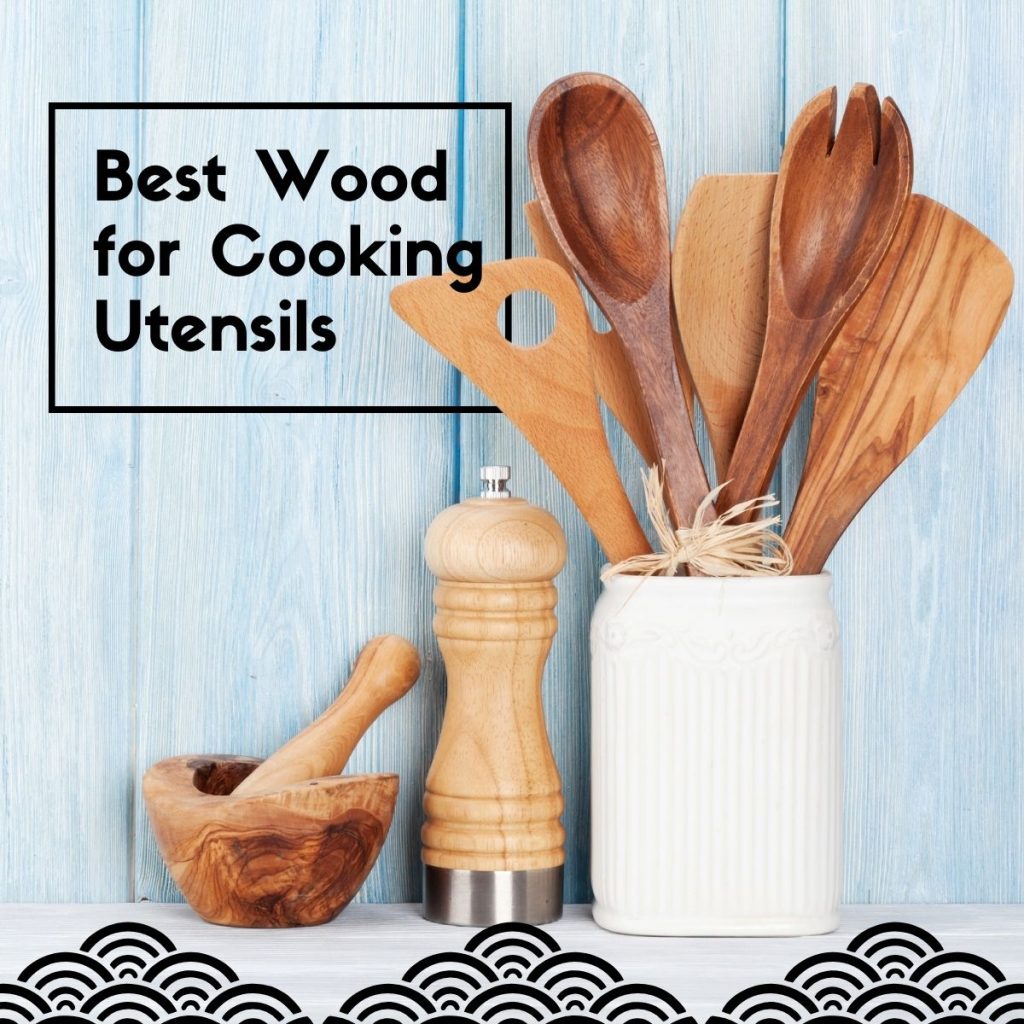
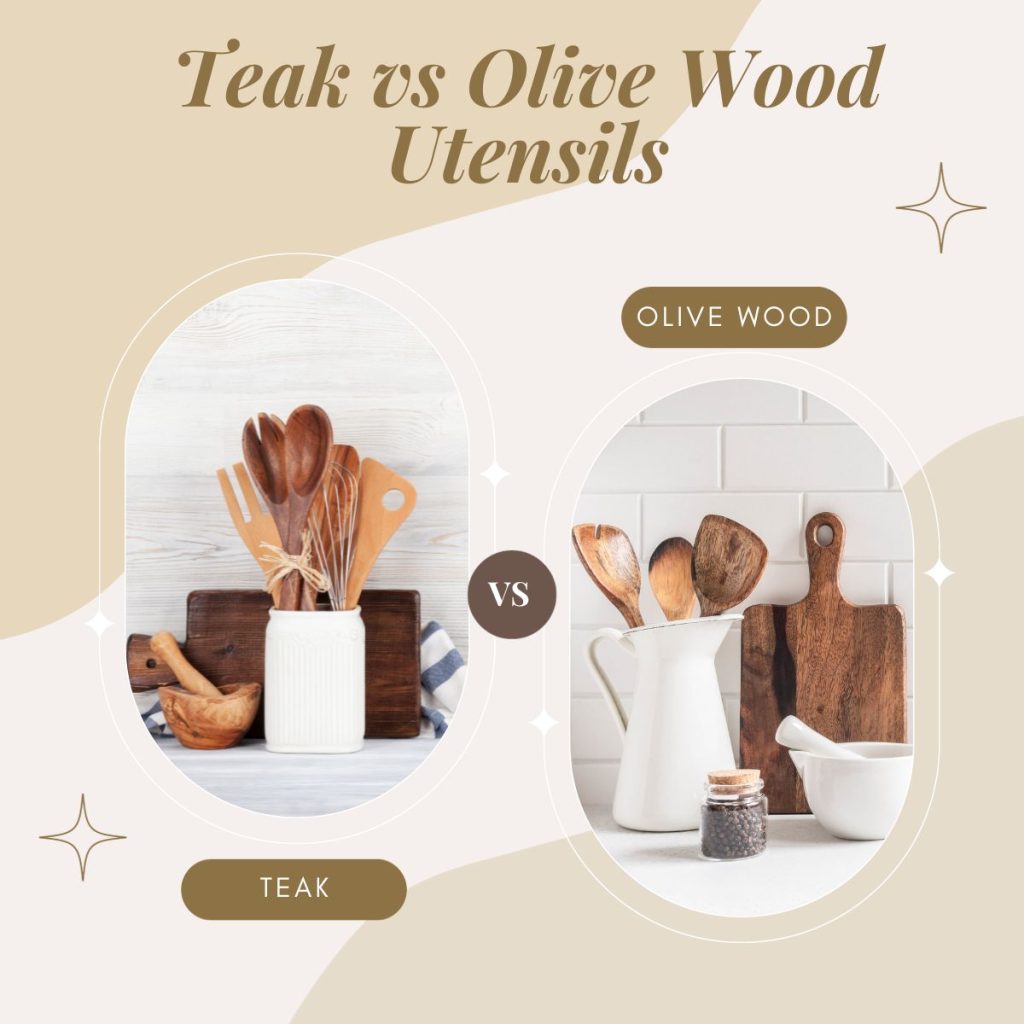
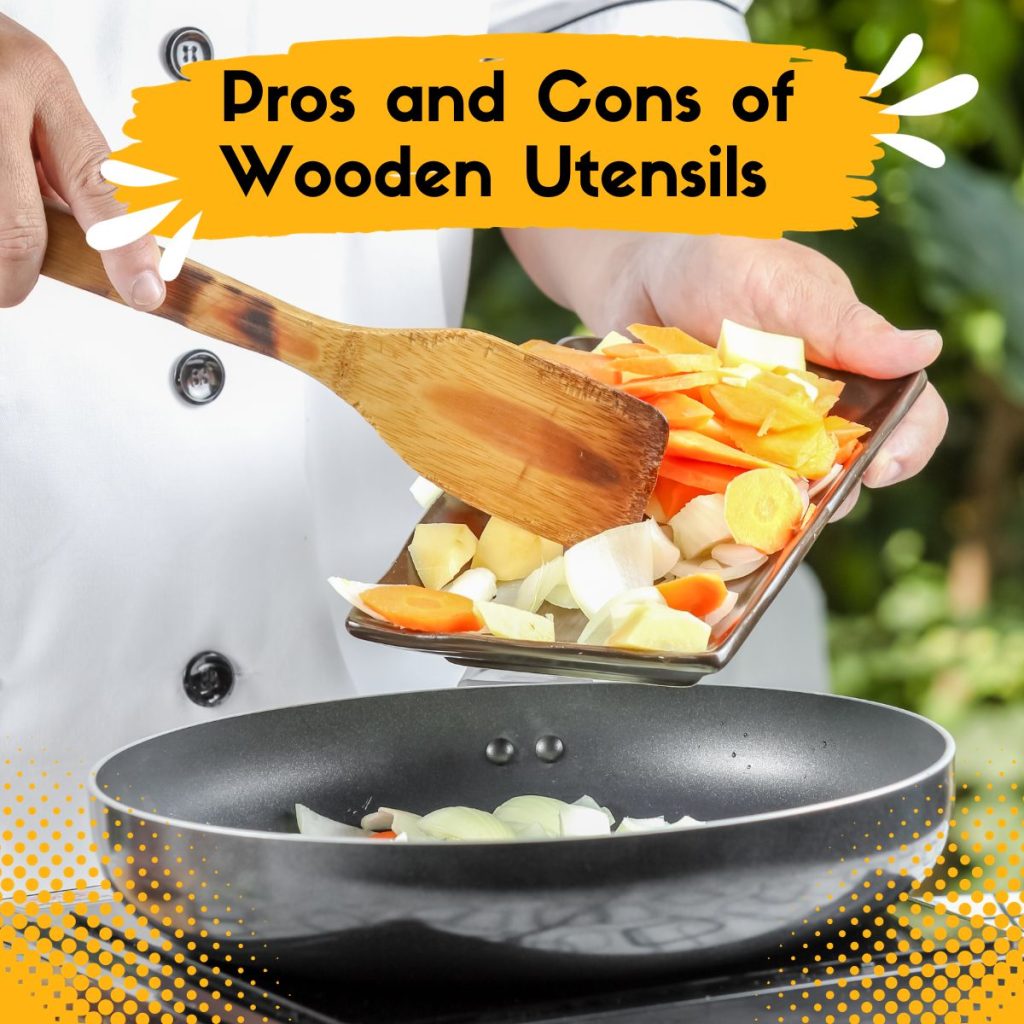
Konnichiwa! (Hello!) I'm Pat Tokuyama, a Japanese tofu cookbook author, who travels for music, food, and adventure. If you like Japanese tea, checkout some of the newestorganic japanese tea, matcha bowls and noren and more!
** Curious about the Plant Based Japanese Cooking Club? ** Learn more here!